Camping is the most popular leisure activity among Canadians, especially in the summer.
The most common destination for camping is the provincial parks. In British Columbia alone, there are over 600 parks where you can camp, and statistics show that 6 out of 10 residents of the province use one of the provincial parks every year. Camping is an activity that appeals to both families and adventure seekers, providing opportunities to explore beaches, forests, and waterfalls, or simply enjoy the calm of lakes.
Structure and Activities Offered by Parks
Provincial parks offer a range of infrastructure and recreational activities, including picnic tables, fire pits, vehicle and trailer access, chemical toilets, hot showers, electricity, parking, fishing and swimming lakes, trails, beaches with boat access, canoe and kayak rentals, wheelchair access to more than 230 parks, and areas for day use and/or camping. On the BC Parks province’s website, you can access an alphabetical list of all the parks and confirm which of the facilities listed above each one provides.

Categories of Camping in Canada
There are two common types of camping in Canada: frontcountry and backcountry camping.
Frontcountry Camping
This is the style that offers the most comfort, with access to electricity and hot showers, depending on the park. It also has vehicle and trailer access. Considering the structure and distance from Vancouver, where we live, Alice Lake Provincial Park is an excellent option for those who have never camped before. It is also one of our favorites.

Alice Lake Provincial Park
How to Make Your Reservation for Frontcountry Camping
In British Columbia, reservations are made through the BC Parks website, and the process is straightforward.
First, you will need to create your account, then choose the park, date, and how many nights you plan to camp, and from there, follow the next steps until completion. After payment, you should receive an email confirming your reservation. The reservation fee is usually $18 CAD per night, and it includes one vehicle.
Backcountry Camping

For those who want a more wild experience, this is the type of camping for you!
Backcountry camping is accessed through trails, and you will have to carry all your equipment in backpacks. This type of camping does not offer the comforts of frontcountry camping.
It is important to note that this category requires a certain level of camping experience and appropriate equipment, particularly for protection against bears, as this is their natural habitat. The fee for backcountry camping varies from $5 to $10 CAD per night.

How to Get Your Permit for Backcountry Camping
Did you know that you need to register, pay, and get your permit for your backcountry camping? You can do this at http://bcparks.ca/registration/.
It is important to remember that registration does not guarantee a tent pad, as in this case, the rule is first come, first served.

Frontcountry vs. Backcountry: Which One to Choose?
Start with frontcountry camping, learn and test your equipment, gain experience, take survival and first aid courses, and prepare yourself physically and mentally for backcountry camping. These categories are completely different and equally challenging.
Now that you know what to expect from camping and how to make your reservation, choose the park you would like to camp in, buy your equipment, food, marshmallows, and get ready for this adventure!

Are you ready to start camping? Tell me in the comments if you have ever camped before and how your experience was. I would love to read about your adventures.
Enjoy Camping!


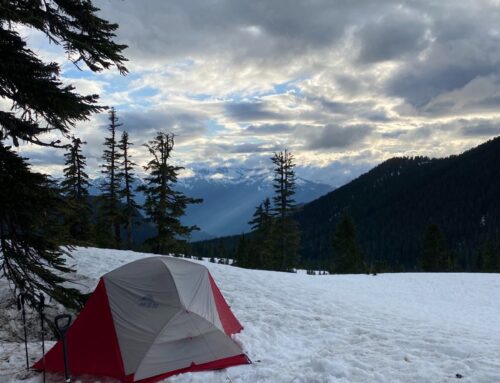

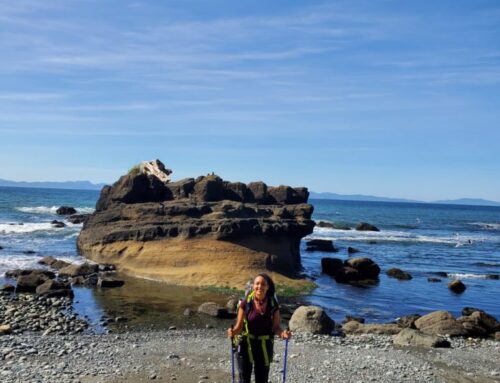
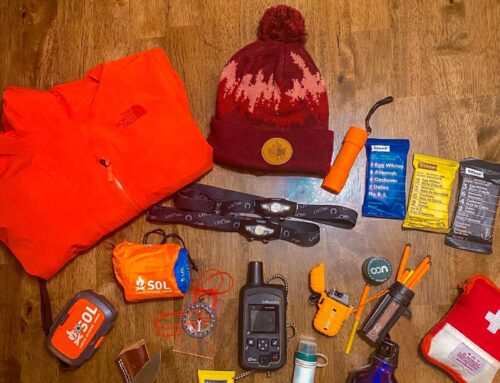
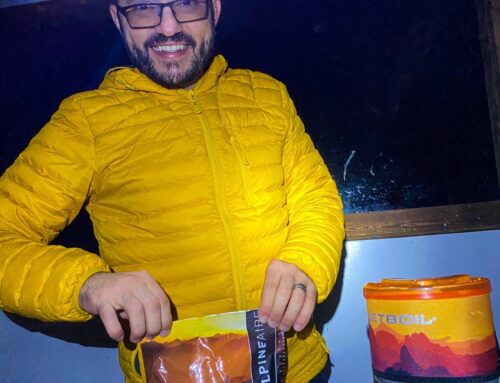
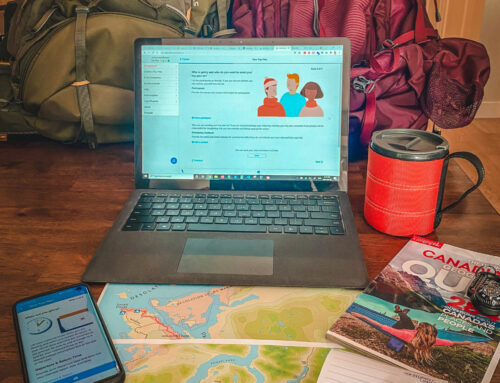
Leave A Comment